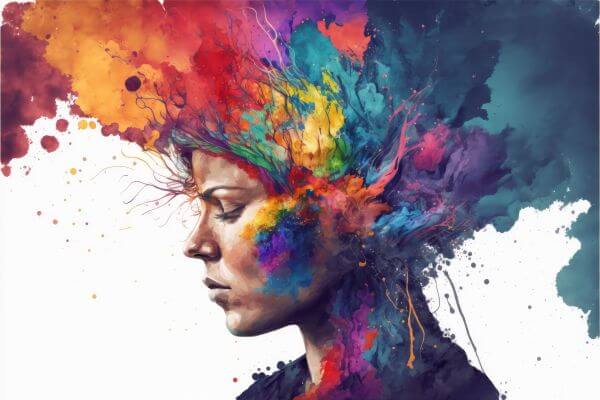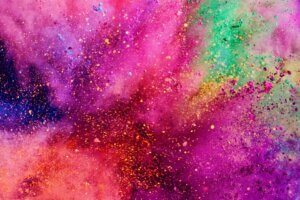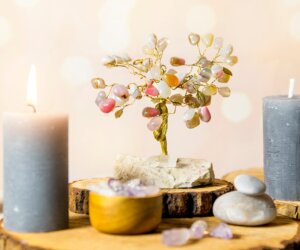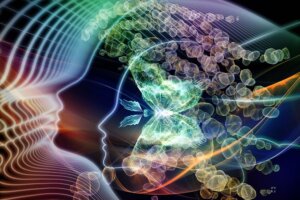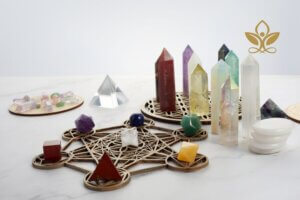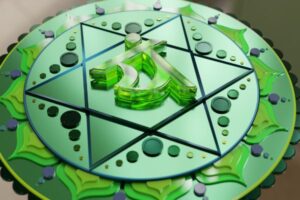What we think about colors, especially what we think subconsciously about them throughout our lives, affects us on some very intrinsic levels. I think most will agree that humans, in general, are highly visual beings. For these and other reasons, I find color research fascinating. But, the most fascinating topic is how color affects lives as human beings. If this intrigues you, continue reading to learn more about the Psychological Effects and Symbolism of Color.
Human eyesight is roughly 7 times sharper than a cat’s, 40 to 60 times sharper than a rat’s or a goldfish’s, and hundreds of times sharper than a fly’s or a mosquito’s. … That’s according to a new study of animal vision that compared hundreds of species by the sharpness of their sight.
VIA EarthSky.org
As a human, our lives are surrounded by colors. From the moment we open our eyes in the morning until we close them at night, we are exposed to different colors. But have you ever thought about the psychological effects and symbolism of colors? Colors have the power to influence our emotions, behavior, and even our decisions. In this article, we will explore the power of color and its impact on our daily lives.
Introduction to color power
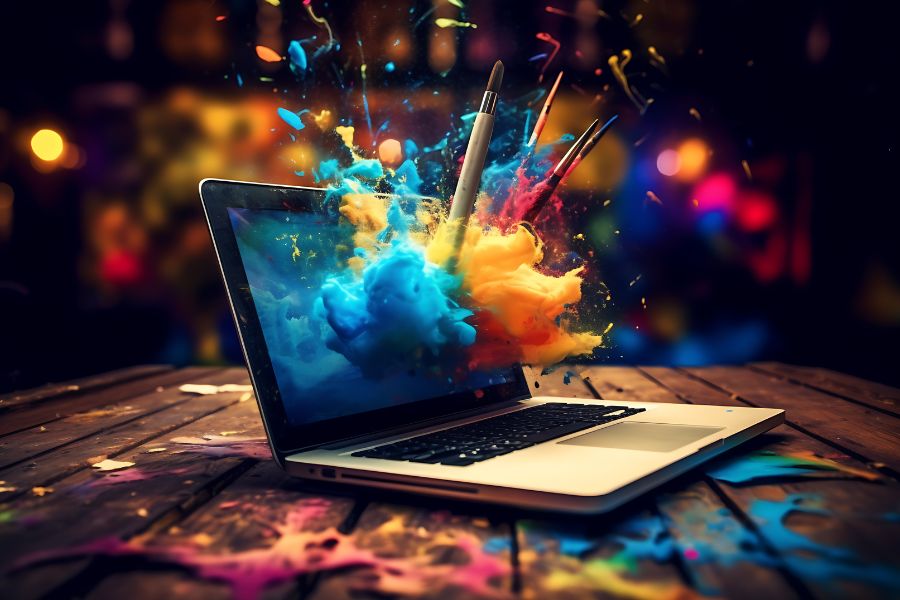
Colors are an essential part of our lives, and they play a vital role in our daily routine. We wear different colors of clothes, eat different colored foods, and even choose the color of our car. Colors have the power to affect our mood, emotions, and behavior. They can make us feel happy, sad, angry, or peaceful. They are even a strong and necessary tactic of business marketing strategies.
The history and evolution of color psychology
Color psychology is not a new concept. It has been there for centuries. Ancient Egyptians believed that colors had healing powers, and they used them in their art and architecture. Later, in the early 20th century, psychologists studied the effects of colors on human emotions and behavior. Today, color psychology is widely used in marketing, advertising, and design.
The science behind color psychology
Color psychology is based on the idea that colors can evoke emotions and affect our behavior. When we see a particular color, it triggers a response in our brain, which affects our mood and behavior. For example, the color blue is associated with calmness and relaxation, while red is associated with passion and excitement.
How color power affects our emotions and behavior
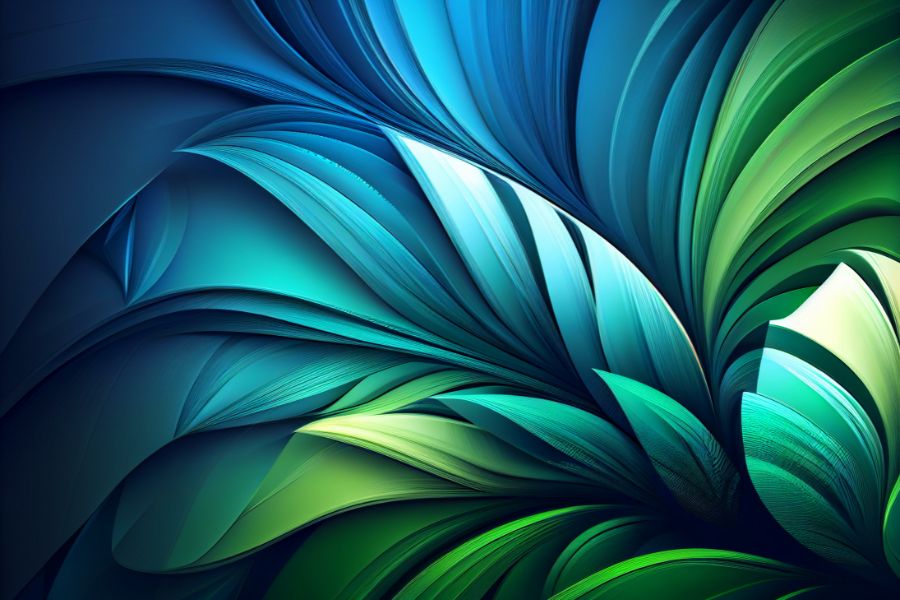
Colors have a significant impact on our emotions and behavior. Different colors can evoke different emotions in people. For example, the color green is associated with nature, growth, and fertility. It can make people feel calm and relaxed. On the other hand, the color red is associated with danger and excitement. It can make people feel anxious and alert.
Colors and their meanings – exploring cultural and symbolic associations
Colors have different meanings in different cultures and societies. For example, in Western cultures, the color white is associated with purity and innocence, while in some Asian cultures, it is associated with death and mourning. Similarly, the color red is associated with love and passion in Western cultures, while in some African cultures, it is associated with anger and danger.
Color psychology chart – what each color represents
There are many different color psychology charts available that explain what each color represents. Here is a brief overview of some of the most common colors and their meanings:
| Red | Sincerity, energy, love, speed, power, heat, all things intense and passionate. |
| Pink | Love and romance, caring, tenderness, acceptance, and calm. |
| Ivory | Benevolence, unification, peace, and quiet. |
| Yellow | Signifies joy, happiness, optimism, idealism, imagination, hope, sunshine, summer, philosophy, and friendship. |
| Dark Blue | Integrity, deep thinking, knowledge, power, and seriousness. |
| Blue | Peace, calm, harmony, unity, trust, truth, confidence, cleanliness, sky, water, and appetite suppressant. |
| Turquoise | Calm. Teal symbolizes sophistication. Aquamarine symbolizes water. Lighter turquoise has a feminine appeal. |
| Purple | Royalty, spirituality, mystery, transformation, wisdom, enlightenment. |
| Lavender | Femininity, grace, peace, and elegance. |
| Orange: | Energy, balance, enthusiasm, warmth, vibrant, and flamboyant. |
| Green: | Nature, health, good luck, renewal, spring, generosity, fertility, and vitality. |
| Brown: | Earth, reliability, endurance, simplicity, comfort, and sincerity. |
| Gray: | Reliability, intelligence, modesty, dignity, practicality, and calmness. |
| White: | Reverence, purity, birth, simplicity, precision, innocence, youth, winter, snow, and in some cultures, marriage. |
| Black | Power, sophistication, formality, elegance, wealth, mystery, and mourning. |
Impact of color power in branding and marketing
Colors play a significant role in branding and marketing. Companies use colors to create a brand identity and evoke emotions in their customers. For example, McDonald’s uses the color yellow in its logo to create a feeling of happiness and optimism. Similarly, Coca-Cola uses the color red in its logo to create a feeling of passion and excitement.
Applying color psychology in design and art
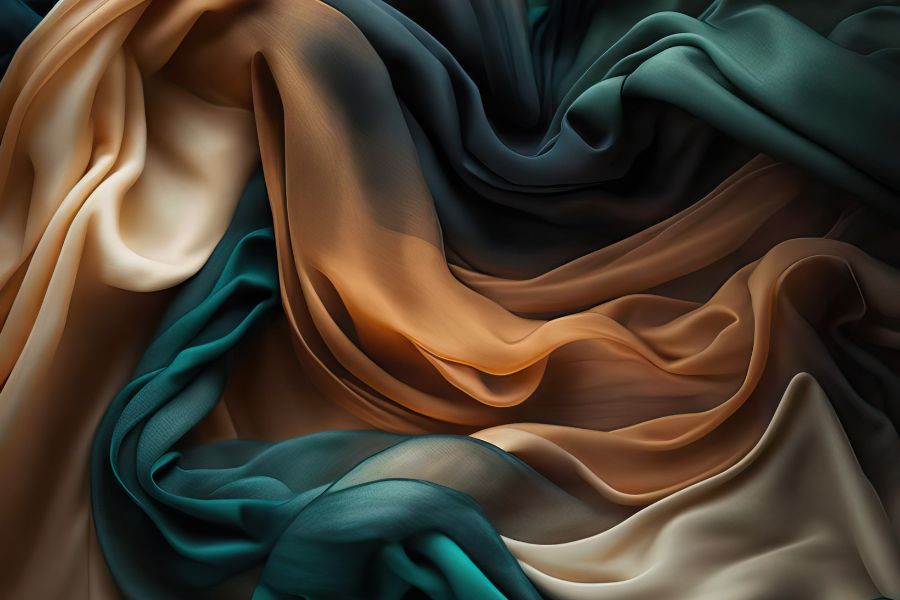
Color psychology is also widely used in design and art. Artists use colors to create different moods and emotions in their artwork. Similarly, designers use colors to create a specific look and feel for their products. For example, a website that sells natural and organic products may use green and brown colors to create a feeling of nature and earthiness.
Color therapy – using colors to promote healing and well-being
Color therapy is an alternative healing method that uses colors to promote healing and well-being. It is based on the idea that each color has a specific vibration that affects different parts of the body. Color therapy can be used to treat various physical and mental health conditions, including anxiety, depression, and chronic pain.
Using color power in our daily lives
In conclusion, colors have a significant impact on our daily lives. They can affect our emotions, behavior, and even our decisions. Understanding the psychology and symbolism of colors can help us make better choices in our daily lives. Whether we are designing a product, creating artwork, or choosing the color of our clothes, colors play a vital role in our lives.
It’s no small wonder that colors have a huge impact on human existence. Of course, that’s why the topic of how color affects lives so fascinating. Moreover, because color affects our intimate environment in some very intrinsic ways, it is important that we continue to learn about color and how it affects us as human beings.
Conclusion
It is our wish that you find this post enlightening and helpful. If you have any questions or suggestions, we love to hear from you in the comments below. Also, kindly accept our invitation to join our group on Facebook to surround yourself with kindred spirits and post your encouraging messages.

